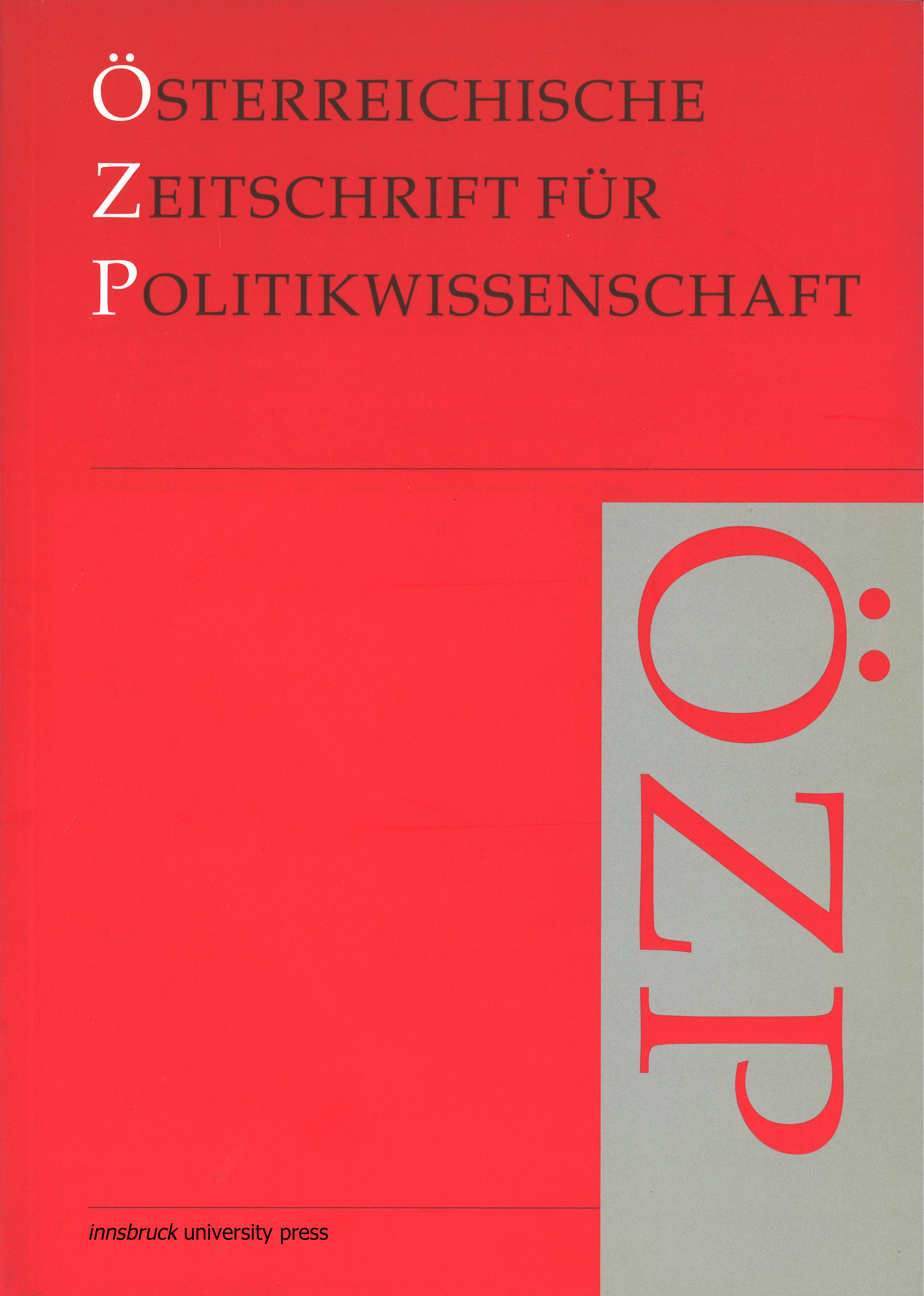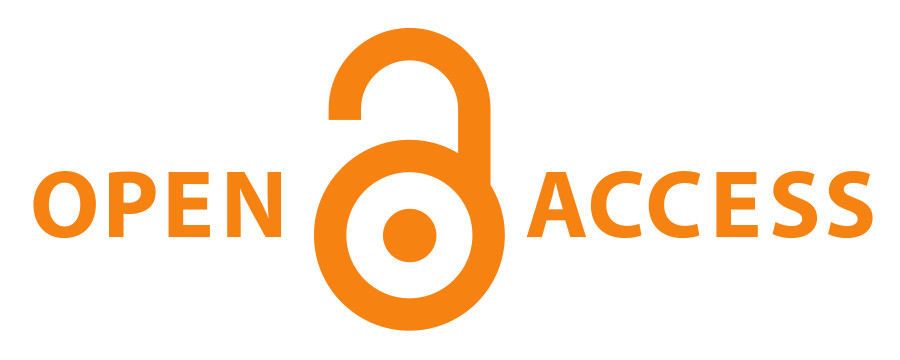Europäische politische Realität im/und Verfassungskonvent. Elemente und Funktionen einer supranationalen Institution
DOI:
https://doi.org/10.15203/ozp.935.vol34iss3Schlagwörter:
Konventsmethode, Europäische Verfassung, Konstruktivismus, Demokratiedefizit, europäische IdentitätAbstract
Der vorliegende Artikel beruht auf empirischen Forschungen zum Europäischen Verfassungskonvent als institutionellem Milieu und als supranationaler politischer Arena. In fünf Schnitten wird je ein anderer Aspekt des Konventsprozesses, seines Mandats und seiner Funktionen hervorgehoben und im Kontext der EU und ihrer Entwicklung analysiert, wobei das besondere Augenmerk den Ambivalenzen und Widerspr üchen des Gegenstandes gilt: Die in der Laeken Erklärung geforderte breite Debatte der Zukunft der erweiterten Union widersprach auf der anderen Seite den Erfordernissen einer expertenbasierten Konsolidierung der Verträge, wie sie durch den organisatorischen Aufbau des Konvents (Macht), die inkrementalistische Arbeit des Sekretariats sowie die eigentümliche soziale Dynamik des Konventsprozesses (mainstreaming bzw. engrenage) ermöglicht wurde. Das intergouvernementale Element wiederum erwies sich als unhintergehbar, musste aber zu einer Kompromittierung der neuen ‚konstitutionellen Selbstbeschreibung‘ der EU durch Kompromisse führen. Schließlich blieb der demokratische Auftrag des Konvents im Wesentlichen auf Inszenierung und Rhetorik beschränkt, wobei der Beitrag des ,etatistischen‘ imaginaire einer Verfassungsgebung zur Legitimation der ‚pluralistischen‘ Europolity entsprechend ambivalent beurteilt wird.Downloads
Ausgabe
Rubrik
Lizenz
The OZP is the authorized publication of the Österreichische Gesellschaft für Politikwissenschaft (ÖGPW, Austrian Political Science Association)
The author of an article (in case of multiple authors: the corresponding author, responsible for releasing this material on behalf of any and all co-authors) accepted to be published in the OZP hereby acknowledges the following Copyright Notice:
- The author retains the copyright to the article.
- It is the responsibility of the author, not of the OZP, to obtain permission to use any previously published and/or copyrighted material.
- Publication of a submitted text is dependent on positive results from the peer reviewing. In such a case, the OZP editors have the right to publish the text.
- In case of publication, the article will be assigned a DOI (digital object identifier) number.
- The author agrees to abide by an open access Creative Commons Attribution (CC BY-SA) license. The license permits any user to download, print out, extract, reuse, archive, and distribute the article under the same license, as long as appropriate credit is given to the author and source.
- The license ensures that the author’s article will be available as widely as possible and that the article can be included in any scientific archive. In order to facilitate distribution, the author agrees that the article, once published, will be submitted to various abstracting, indexing and archiving services as selected by the OZP.
- In addition, the author is encouraged to self-archive the article, once published, with reference to the place of the first publication.
- After the contribution appears in the OZP, it is still possible to publish it elsewhere with reference to the place of the first publication.
- The finished article, if published, will include a correspondence address (both postal and email) of the author.
- If written under the auspices of a grant from one or more funding agencies, such as FWF (Austrian Science Fund), ERC (European Research Council), and Horizon 2020 (EU Framework Programme), an article accepted for publication has to be deposited in an Open Access archive. The OZP’s archiving policy is compliant with these provisions. (In case the article derives on funding from a different source, the author is responsible to check compliance of provisions.)




